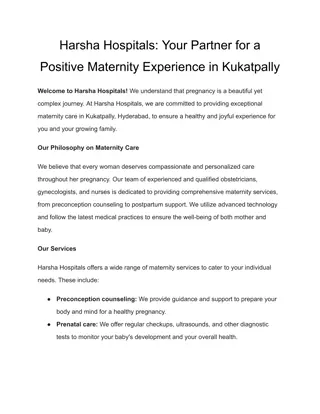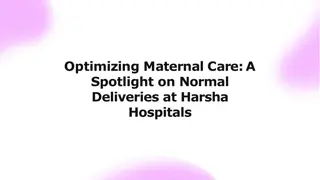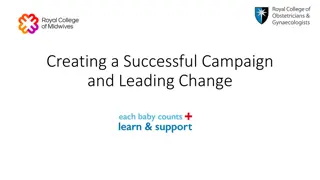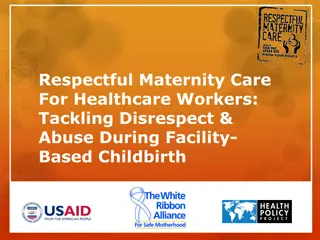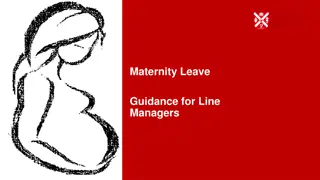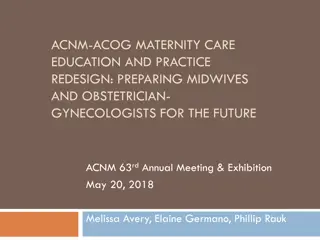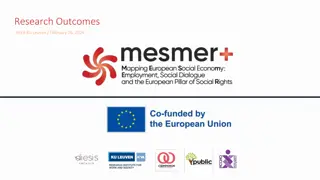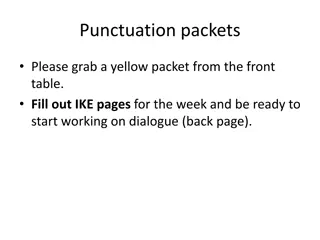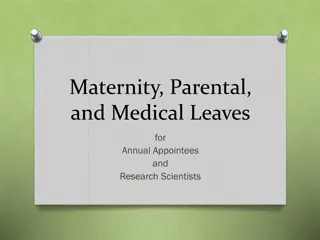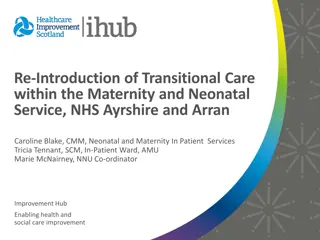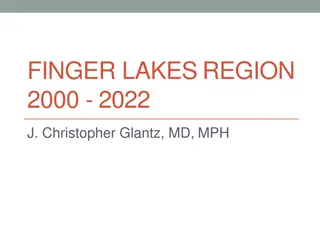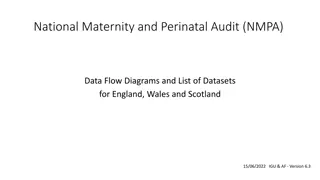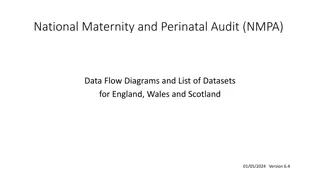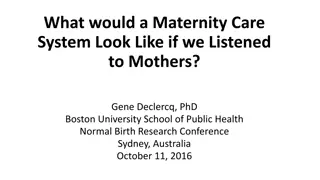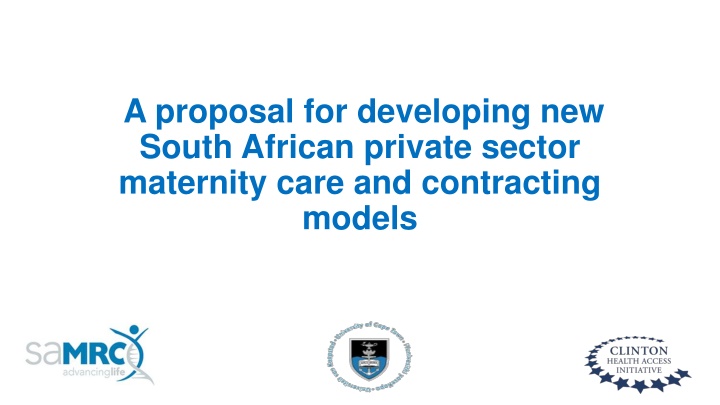
Developing New Private Sector Maternity Care Models in South Africa
Explore a proposal to improve maternity care in South Africa's private sector, addressing challenges such as high caesarean delivery rates and inefficient resource use. Learn about the need for alternative care models and better utilization of healthcare resources.
Download Presentation

Please find below an Image/Link to download the presentation.
The content on the website is provided AS IS for your information and personal use only. It may not be sold, licensed, or shared on other websites without obtaining consent from the author. If you encounter any issues during the download, it is possible that the publisher has removed the file from their server.
You are allowed to download the files provided on this website for personal or commercial use, subject to the condition that they are used lawfully. All files are the property of their respective owners.
The content on the website is provided AS IS for your information and personal use only. It may not be sold, licensed, or shared on other websites without obtaining consent from the author.
E N D
Presentation Transcript
A proposal for developing new South African private sector maternity care and contracting models
Background Maternal health care in South Africa faces huge private and public health systems challenges. Caesarean delivery is effective in saving maternal and infant lives, but only when required for medically indicated reasons. WHO Statement caesarean delivery rates of greater than 10 to 15% confer no further benefit in reducing maternal and perinatal mortality .
Background In the public sector, the caesarean delivery rate is around 29%, but the case fatality rate (CFR) is three times higher than for vaginal delivery and 27% of the caesarean delivery-related CFR is associated with haemorrhage. In the private sector, caesarean delivery rates of between 74% and 77% are among the highest in the world. A research brief of the Council for Medical Schemes, concluded that urgent steps must be taken to reduce what is likely to be high levels of medically unnecessary caesarean delivery rates in the medical schemes population .
Background In 2019, per 100 000 population, there were 0.62 O&G specialists in the public sector and 6.57 in the private sector Key challenges for SA currently: how to address the inappropriate patterns of maternity care in the private sector how to mobilise private sector resources to serve the broader population dependent on the overburdened public sector, without replicating those patterns of inappropriate care.
Background Previous attempts at midwife-led care in the private sector have been unsustainable potentially due to failure to address overall models of care and remuneration which made
Possible drivers of the high CD rate in the private sector Care model (individual specialist) Remuneration model (fee for service) medico-legal framework (individual indemnity) Perception of caesarean delivery being safer Women s choice
Background Imperative for SA to develop and implement alternative models of maternity care in the private sector that addresses current challenges Alternative models could lend themselves to Public Private Engagements (PPEs) Could advance efforts to improve universal access to high quality and safe obstetric care We would like to propose a potential alternative private sector maternity care model which draws on insights from research carried out on the care and contracting models used by five rural district hospitals in the Western Cape to contract private general practitioners (GPs) for maternity care
Proposed model Risk-based antenatal and intrapartum care Women choose a HBBC or an individual provider Midwife-led team-based model HBBC
Proposed model Risk-based global fee per delivery to the HBBC Risk-based antenatal and intrapartum care Women choose a HBBC or an individual provider Time-based remuneration for providers (per hour/session/month) Midwife-led team-based model HBBC HBBC group indemnity cover Accreditation
How the proposed model addresses current challenges Care model (individual specialist) Remuneration model (fee for service) medico-legal framework (individual indemnity)
Conclusions Upward trend in Caesarean delivery rates in the private sector needs to be reversed Team-based models of care have the potential to shift towards more appropriate and cost-effective care Increased possibilities for public-private engagement Spark a discussion amongst stakeholders to think about a change process

